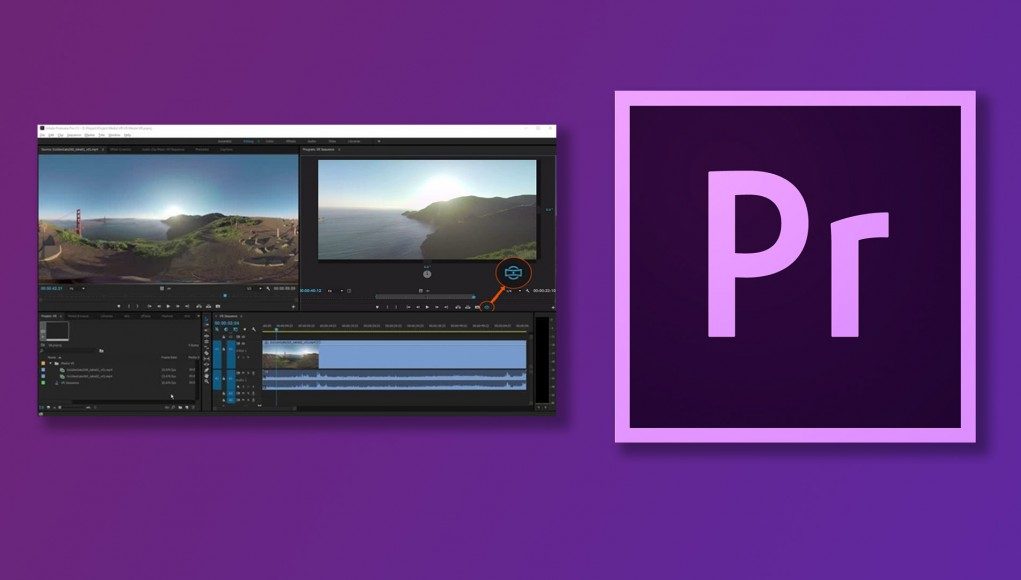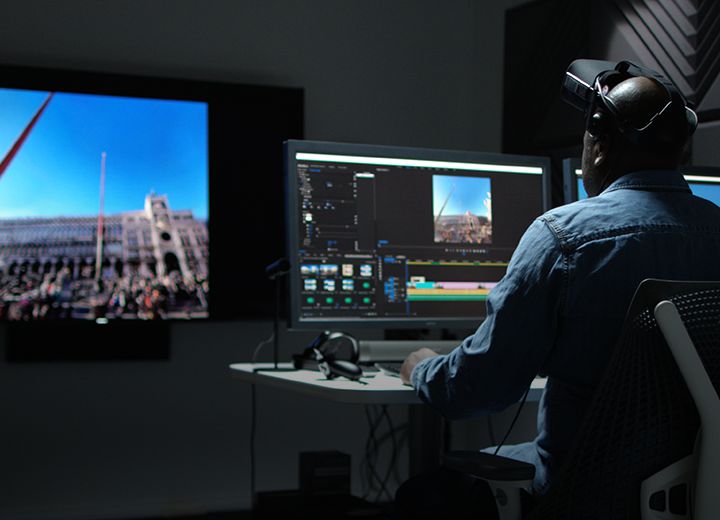Adobe Premiere Editing Mode
- Adobe Premiere Best Editing Mode
- Adobe Premiere Pro Video Editing Software
- Adobe Premiere Pro Editing App
Editing Mode & Preview File Format? - Creative COW's user support and discussion forum for users of Adobe Premiere Pro. Also, check out Creative COW's Premiere Pro podcast. Up your Instagram game in Premiere Pro with these tips. In this tutorial, we’re going to take a closer look at how to properly work with Adobe Premiere Pro footage that’s destined for Instagram. If you're interested in some other editing tips and tricks though, be sure to check out our guide on How to Use the New Adobe Fonts in Premiere Pro. The program has three already optimized the video settings for Adobe Premiere Pro. You can select MOV (Entitled Premiere), WMV or MPEG-2 from 'Editing Software' as the output format. All output videos will keep the original quality of AVI video and seamlessly fit. Editing audio in the timeline; Audio channel mapping in Premiere Pro; Use Adobe Stock audio in Premiere Pro; Advanced editing. Multi-camera editing workflow; Editing workflows for feature films; Set up and use Head Mounted Display for immersive video in Premiere Pro; Editing VR; Best Practices. Best Practices: Mix audio faster; Best Practices.
Cover image via
Premiere Pro gives you specific tools to finesse your edits. The Slip & Slide is one tool that lets you adjust the timing of a clip. In this post, we take a good look at when to slip and when to slide!
In this post, we’ll take a look at two Premiere Pro video editing techniques that will make your edit to make your edits more precise and speed up your post production workflow: Slip and Slide!

Performing a Slip Edit in Premiere
A slip edit changes the timing, but not the length of a clip. The footage will roll forward or backwards in the clips current duration. In this way, it doesn’t effect the other clips in the Sequence like a Ripple Edit does. Many editors will use a slip edit to complete a motion (let a character move in or out of frame) or match an action from one shot to the next.
Adobe Premiere Best Editing Mode

Im my example I have a clip of a guy shaving (from Digital Juice), and I want to him to complete the shaving motion with the shaver going out of frame.
In the screenshot below you can see the current outpoint of the clip.

There are 3 ways to perform a slip edit in Adobe Premiere Pro:
- Select the Slip tool (shortcut is Y) and click on the clip in the Sequence. Now drag the cursor left or right to roll the clip forward or backward.
- Select the clip in the sequence. On a Mac use the shortcut Option+Command+Left/Right Arrow to slip 1 frame. Similarly, you can use Option+Shift+Command+Left/Right for 5 frames. The PC shortcuts are Alt+Shift+Left/Right and Ctrl+Alt+Shift+Left/Right, respectively.
- Slip in the Source Window. This method is my preferred way, as I feel it gives me more accurate control. Clients are often specific about the frame, and this lets you pinpoint it easily. In the following example we’ll use this method:
Double click the clip in the Sequence to load it into the Source Window. Put your playhead on the frame where the shaver goes out of frame. Then move your cursor over the in/out grip, the textured area in the gray bar below. A hand icon will appear. Drag the in/out grip to your playhead to Slip the clip.
As you drag the in/out grip you see a 2 up view showing you the beginning and end frames.
This Premiere Pro editing trick will give you greater precision in your video edits.
Performing a Slide Edit
If you want a clip to occur earlier or later in a timeline/sequence you can use the Slide Edit. As the name implies, the slide edit actually slides a clip up or down your Premiere Pro timeline.
A Slide Edit looks at 3 clips, and slides the middle clip, with the other 2 clips changing in length to accommodate the clip being slid. Like slip, it doesn’t effect the other clips in the sequence.
There are 2 ways to perform a slide edit in Adobe Premiere Pro:
- Hit the shortcut “U” elect the Slide tool and click/drag on the clip in the Sequence. (shortcut is U)
- Use the shortcut Opt+Shift+, (Comma) for 1 frame or Opt+Shift+. (Period) for 5 frames. The PC shortcuts are Alt+, (Comma) and Alt+Shift+, (Comma).
In my example the middle clip is slid left, so the clip to the left shortens and the clip to the right gets longer (the clip being slid stays the same length).
As always the AdobePremiere Pro online help site is a great resource for additional information.
Adobe Premiere Pro Video Editing Software
BEFORE SLIDE
Adobe Premiere Pro Editing App
AFTER SLIDE
